(NLDO) - Psyche, once thought to be the gold and platinum-filled remnant of a "failed planet", may have come from an area outside the snow line of the Solar System.
According to Sci-News, a team of scientists used spectroscopic data from the James Webb Space Telescope and confirmed the presence of hydroxyl molecules on the surface of the metallic asteroid Psyche.
And these hydrated minerals tell the complex history of the object.
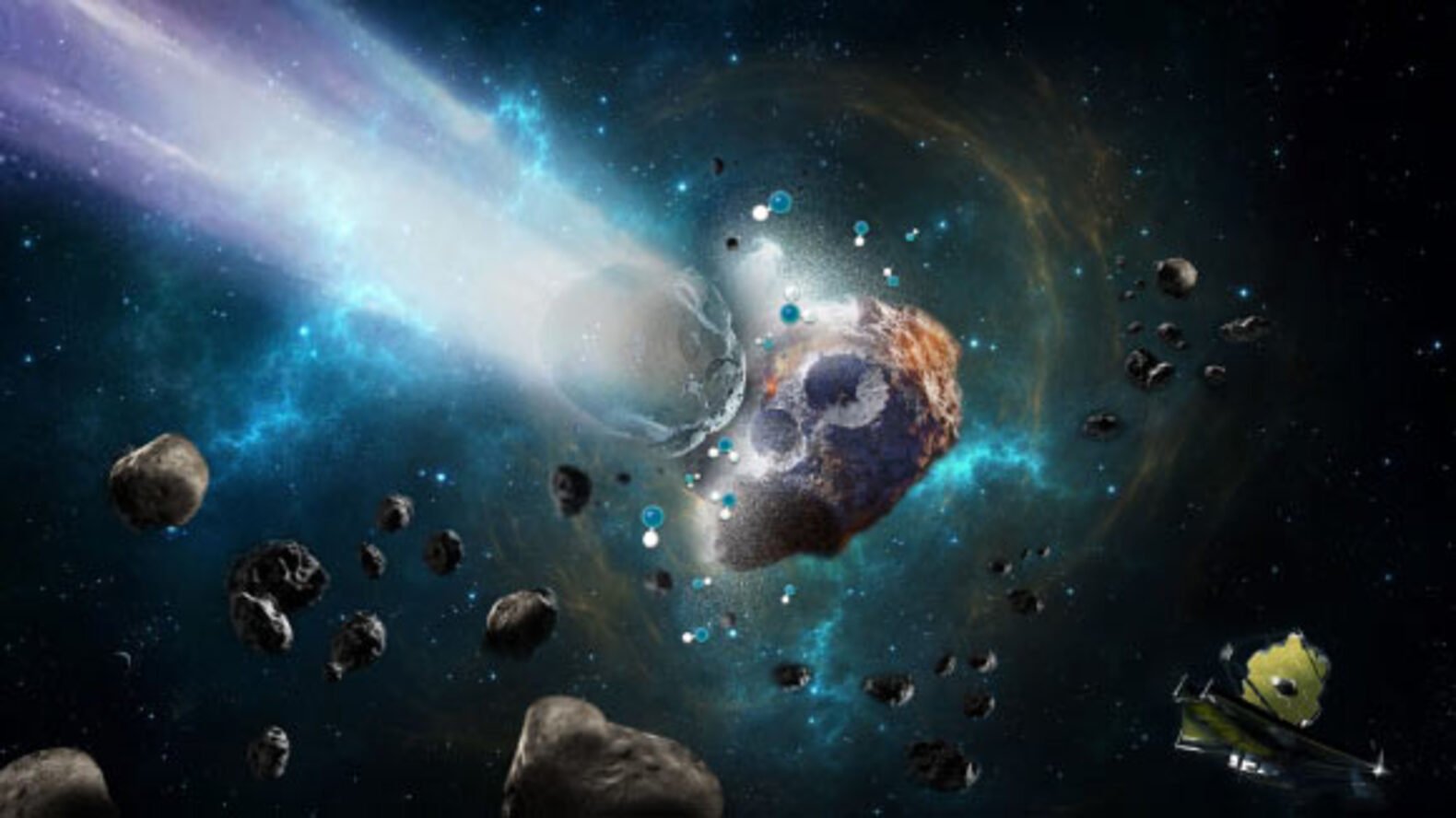
Asteroid Psyche lies in the middle of the dense asteroid belt - Photo: SwRI
Psyche is a metallic asteroid about 226 km in diameter, located in the asteroid belt between Mars and Jupiter.
Scientists believe the object could be rich in gold, as well as platinum and several other valuable metals, making it worth 70,000-75,000 times the global economy .
However, some believe it is mainly rich in iron and nickel.
Some studies also show that it is not a normal asteroid, but the core of a "9th planet" or at least a protoplanet when the Solar System was still young, which died prematurely during the formation process.
But what now interests scientists is its origin, which could explain the richness of the metal, whether it's gold or not.
"Our understanding of the evolution of the Solar System is closely tied to interpretations of asteroid composition, especially M-type asteroids that contain high concentrations of metals," said Dr. Stephanie Jarmak from the Center for Astrophysics of Harvard & Smithsonian (USA).
New data indicate hydroxyl and possibly water on Psyche's surface. The hydrated minerals could be the result of external sources, including impactors.
If this hydration was natural or endogenous, then Psyche may have had a different evolutionary history than current models suggest.
Dr. Anicia Arredondo, a researcher at the Southwest Research Institute (SwRI - USA), said that asteroids are the leftovers of the planetary formation process, so their composition varies depending on where they were born in the solar nebula.
The presence of hydrated minerals on its surface suggests that Psyche may not be a failed planetary core, but rather a wanderer outside the "snow line" of our star system.
It is where, in the early days of the Solar System, the temperature of the protoplanetary disk was low enough for volatile compounds to condense into solids, before migrating to the main belt.
Additionally, the heterogeneity of hydration at different places on the surface could be explained by impacts from carbonaceous chondrite asteroids that are thought to have very high water content.
Understanding the locations of Pysche and other asteroids, as well as their composition, tells us how the materials in the solar nebula are distributed and evolved since their formation.
This also helps us better understand how water is distributed in the Solar System, and from there infer the distribution of water on other planets.
How water is distributed in our Solar System will provide insight into the distribution of water in other planetary systems, and also help guide missions to search for life.
The study was recently published in the scientific journal Planetary Science Journal.
Source: https://nld.com.vn/nguon-goc-bat-ngo-cua-hanh-tinh-thu-9-lam-bang-vang-196240815105341754.htm








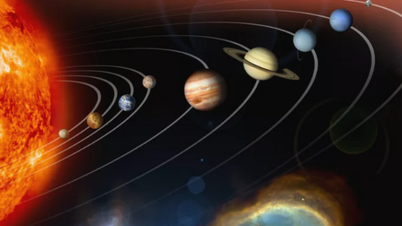

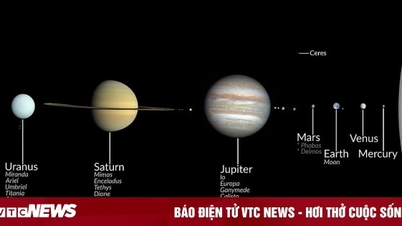




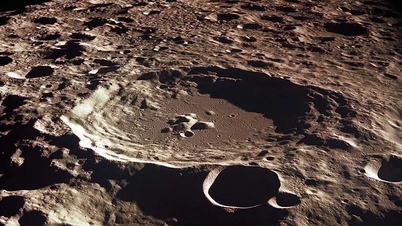

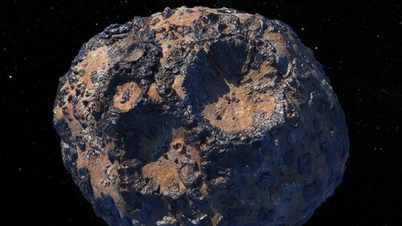



![[Video] Digital system for managing science and technology tasks](https://vphoto.vietnam.vn/thumb/402x226/vietnam/resource/IMAGE/2025/12/04/1764810148741_1764673678503-jpg.webp)



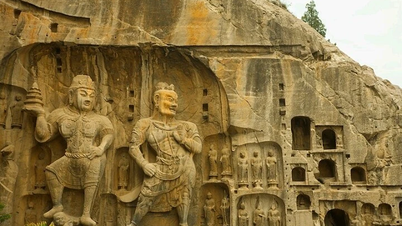


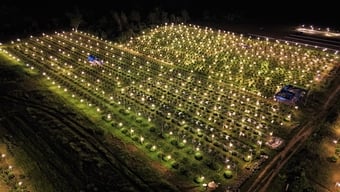







![[Photo] Parade to celebrate the 50th anniversary of Laos' National Day](/_next/image?url=https%3A%2F%2Fvphoto.vietnam.vn%2Fthumb%2F1200x675%2Fvietnam%2Fresource%2FIMAGE%2F2025%2F12%2F02%2F1764691918289_ndo_br_0-jpg.webp&w=3840&q=75)






















![[VIMC 40 days of lightning speed] Hai Phong Port determined to break through, reaching the target of 2 million TEUs by 2025](https://vphoto.vietnam.vn/thumb/402x226/vietnam/resource/IMAGE/2025/12/04/1764816441820_chp_4-12-25.jpeg)







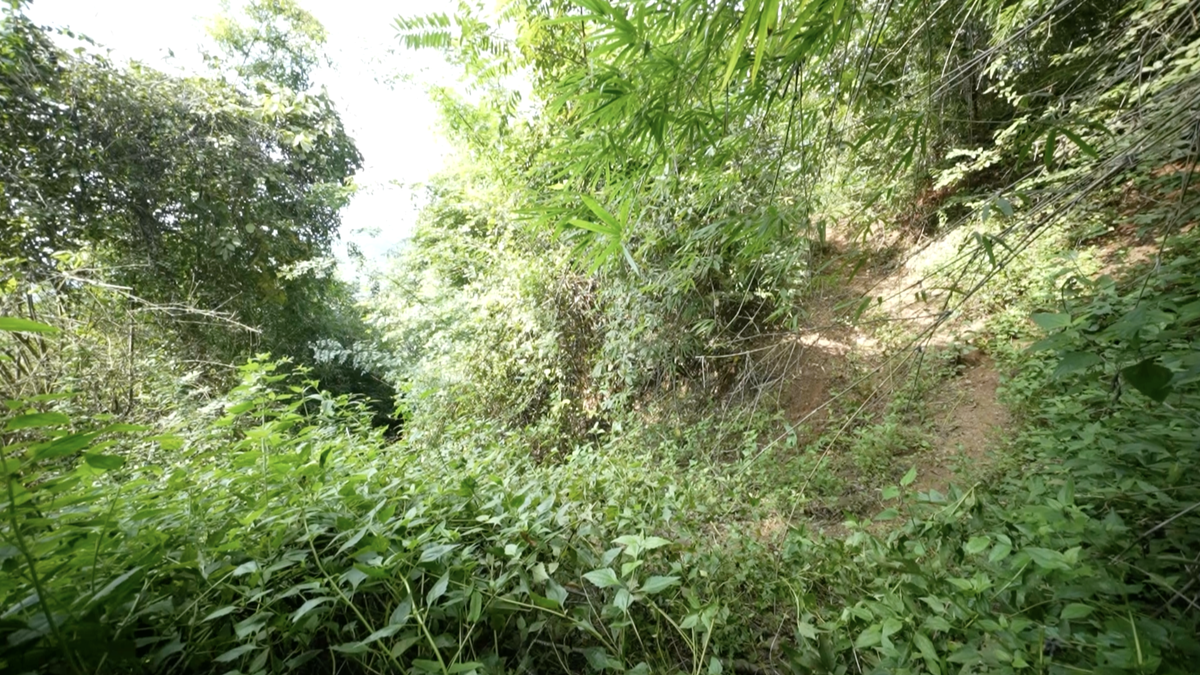















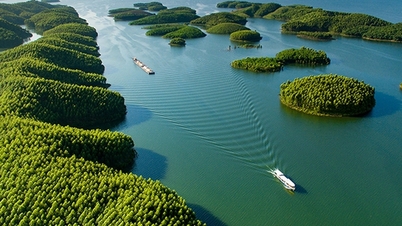



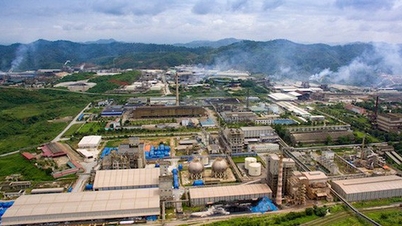























Comment (0)